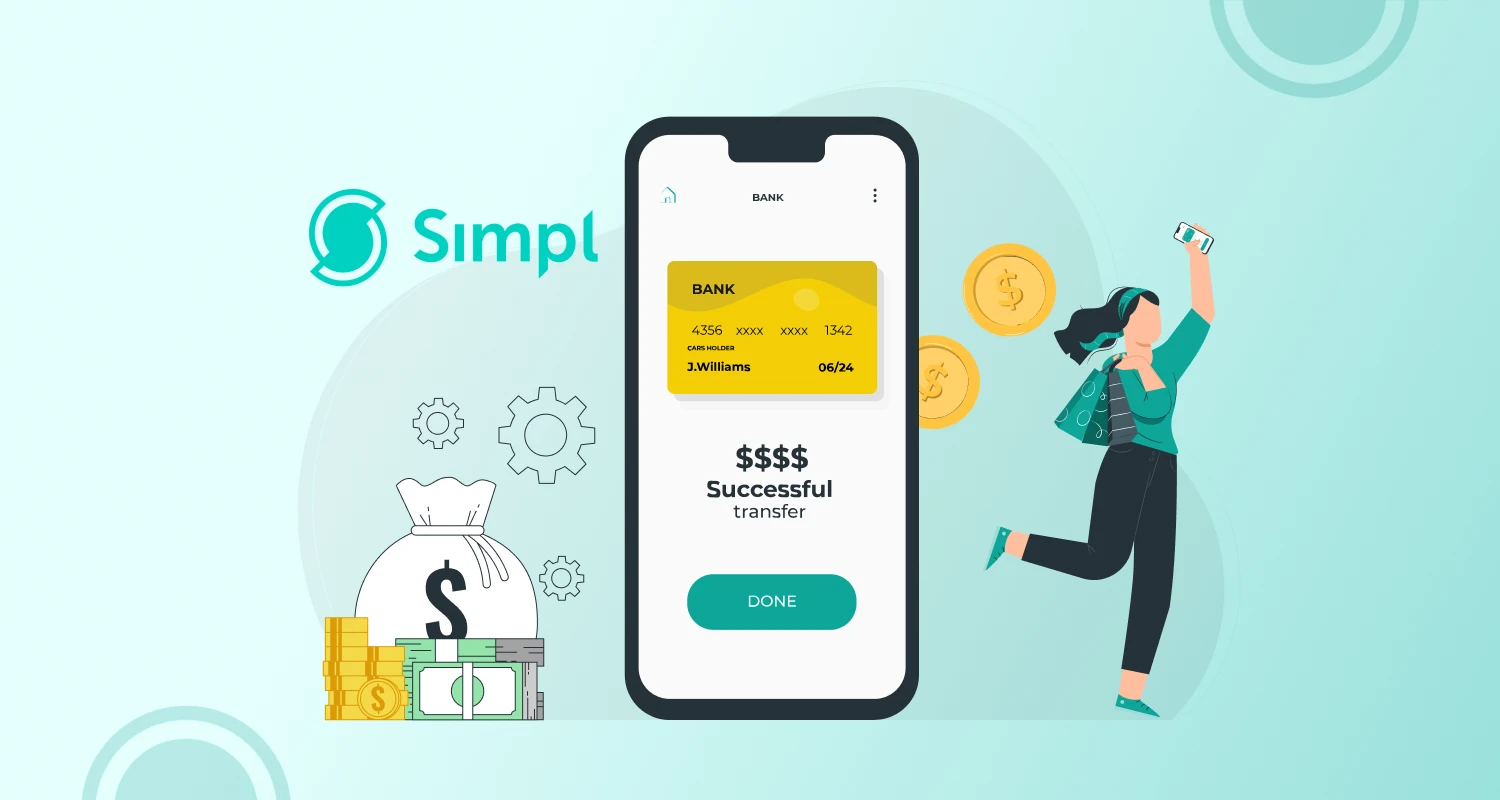Chatbots are getting all the buzz and attention in the tech world just because they are awesome to make life easier for customers and businesses with their interactive interfaces. But chatbots are of different types and not all of them are intelligent. While most of them just work as an interactive FAQ interface to answer predetermined questions, there are intelligent chatbots that learn from user behavior and accordingly recommend products and offer solutions. Machine learning technology is increasingly being used for this second type of chatbot.
To understand how machine learning is being used in chatbots development, it is important to understand the different types of chatbots and how machine learning technology can make chatbots communication more intelligent and customer-centric. Here we are going to explain all these attributes that generally any expert Chatbot development guide would cover.
Different Types of Chatbot
Chatbots are basically interactive automation programs or a conversational tool for automating communication with users. Apart from this core capability, chatbots can be of different types with a variety of features and capabilities. There are chatbots programs that allow the users to interact with a website or a mobile app or a computer program through a chat interface. Chatbots can be used for functional benefits, promotions, guiding customers, solving customer problems, and handling queries and also for entertaining users with interactive conversations.
The rule-based chatbots used in e-commerce stores mostly serve the purpose of providing customer service. Naturally, they are easier for the developers, involve less technical complexities, and are focused to get the elementary tasks done. But since Artificial Intelligence (AI) and its offset technology Machine Learning have made significant progress in recent times opening new vistas and avenues of machine-led conversation to address customer situations and contexts more accurately, even for the mobile app development services company these rule-based chatbots are increasingly getting obsolete and outdated.
Read More: Why to build a ChatBot?
Machine Learning Chatbots: What Is It?
Machine learning is the subset of AI technology that helps any system learn from the user inputs or user data. In the context of chatbots, the machine learning algorithm will learn from the user inputs and accordingly will give replies and suggest solutions or make recommendations. This learning from the user inputs is taken place through Natural Language Processing (NLP) and a few other technologies within the machine learning ecosystem.
But intelligent chatbots, besides using machine learning technology, also need to incorporate few other things. The chatbots must ensure that it provides an informative and useful answer to the audience, make the conversation relevant to the context and customer purpose, and above all in tone and choice of words as well as expressions should be felt like human communication. Obviously, even the most capable machine learning chatbots as of now is not capable to replace human gait and expressions.
How To Incorporate Machine Learning Into Chatbots Development?
Machine Learning now refers to a set of technologies including some established and acclaimed technologies and a few promising new technologies that are still in the making. For example, Natural Language Processing (NLP) is now seen as a constituent machine learning technology for chatbots that help understanding patterns and data-driven insights from large volumes of data. Through the rest of the post, we are going to explain how machine learning and NLP can be incorporated into building chatbots.
Data Processing Approaches for Machine Learning Chatbots
Clean data that can easily be understood by the chatbots is a crucial requirement for high performance and intelligent chatbots. For effective data processing to make Chatbots work smoothly, several different data processing methods are used now. For preprocessing the data for the chatbot removing stopwords and capital letter and labels are important.
NLP technology also uses the lexical feature to help to focus on the words instead of sentence structures or grammar. Some preprocessing methods that this lexical approach uses include word-level n-grams, stemming, and lemmatization.
The syntactic approach to process data uses tagging and chunking the part-of-speech (POS). According to this approach, POS tagging is fine for each word to determine the part of speech for each word including noun, pronoun, verb, etc. The following method is used for partitioning sentences into various segments that are non-overlapping in nature.
The semantic approach basically helps you to keep your attention fixed on sentence structure while the meaning of words is taken into consideration separately.
Vector Representation is another major approach that uses vector maps to show the high dimensional words to low dimensional words. Every word spoken in the communication comes are subjected to specific rules and relationships to represent the same with vector coordinates. By this approach, closely related words are placed nearby or together. For vector representation, common techniques used by the chatbots include word2vec, doc2vec, and Global Vectors.
Read More: How Chatbots Instantly Adds Value To The Buying Experience Of Today’s Consumers?
Retrieval technique is widely popular now for understanding short and tiny texts in chatbot conversations. Some machine learning experts and researchers came with this solution to tackle the problem of short length chatbot conversation. As per this approach, a short length and often single-word conversations are collected from different social chat and conversations and are used to train a variety of models.
The generation-Based approach is also effective in feeding the chatbot models and it uses basically an encoder-decoder framework. This approach is very similar to the increasingly popular sequence to sequence (seq2seq) model for predicting the next sentence in a conversation.
Long Short-Term Memory (LSTM) network is another major approach that focuses on the probability of creating a response based on previous conversations. This is much similar to the encoder-decoder approach we just explained.
Conclusion
In spite of the promises of huge and nearly sci-fi capability that machine learning technology offers for automated conversation, the progress in making self-sustained, fully intelligent chatbots capable of responding to a multitude of scenarios is still slow. But since machine learning chatbots appeared as a revolutionary way forward in the digital landscape, the efforts and research are going to live up to these promises sooner or later. Machine learning chatbots are a reality and they are going to be better and more capable in the years to come.











